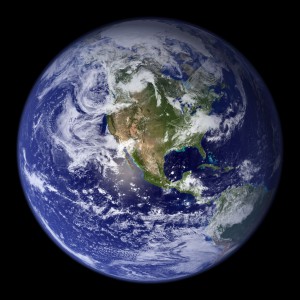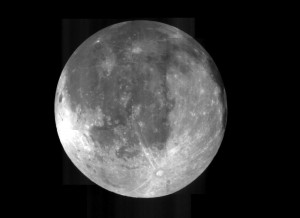What is the difference between Mass and Weight? This is a question that many students studying science ask. Part of the problem is it is very common for someone to use the term weight when they really mean mass. So what is the difference between mass and weight?
Well to try and put it simply, mass is how much matter an object has. It will depend on the type of material making up the object as well as the amount of the material. Mass is not affected by location. Weight is the pull of gravity on the mass.
For example, lets look at a bowling ball.
Mass:
There are atoms and molecules making up that bowling ball. The amount of those atoms and molecules makes up the ball’s mass. If you take the ball to the moon, the number and type of these atoms and molecules does not change, therefore the mass of the ball on Earth and the mass of the ball on the moon is the same. Location of the ball in unaffected by its location.
Weight:

Now if you have that bowling ball on the Earth, Earth’s gravity will try and pull the ball to the ground. The force that this pull makes is the ball’s weight. Yes weight is a force and that’s why in science we measure it in Newtons. The Earth’s gravity has a certain value so the weight of the ball will be the mass x gravity. W = m x g or Weight=mass x gravity.

Now if we take that same bowling ball to the moon where the gravity is a lot less (1/6 Earth’s gravity) the bowling ball will weight less. The amount and type of material making up the ball did not change, so the mass stays the same, but the weight changes.
Some definitions:
Mass: The amount of matter that makes up an object.
Weight: The interaction of an objects mass with gravity. W = m x g